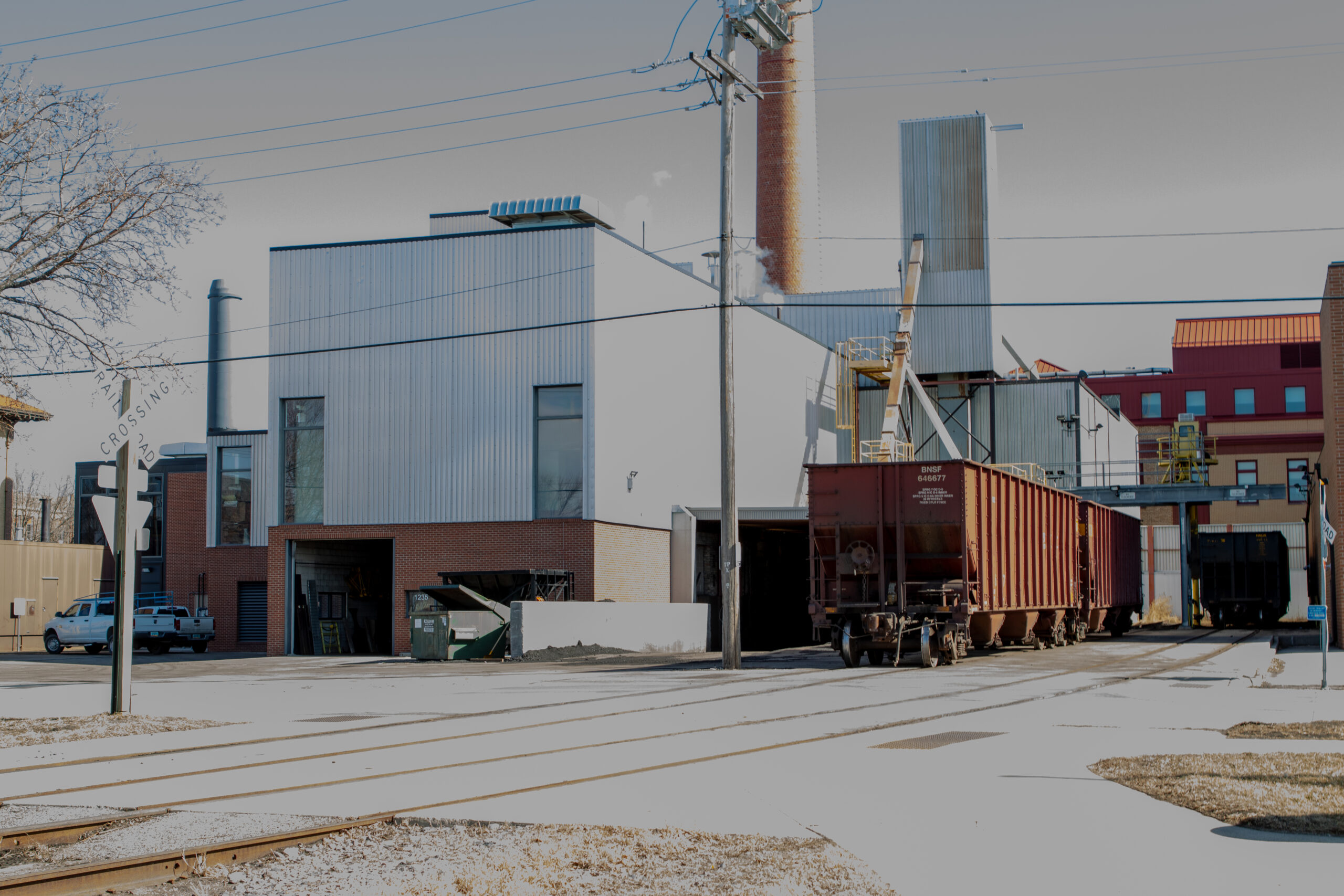Everyone who goes to NDSU has seen the heating plant behind Minard Hall. According to the Facilities website, the plant operates 24/7 year-round, burning coal primarily and natural gas secondarily to provide heat and cooling for every building on campus. The plant uses 35,000 tons of coal per year, and this combined with its natural gas burning results in 540 million pounds of steam generated yearly.
The easiest way to get all of this coal on campus is via rail car—all those tons of coal are transported by 350 rail cars throughout the year. Students may have seen these rail cars if they wished to use the parking lot behind West Dining Center during a coal delivery because when the coal is being delivered, Bolley Road is completely blocked and they wouldn’t have been able to pass through.
Coal deliveries can take up to an hour, says Casey Scherer, who recently appeared before the NDSU Student Senate to bring a serious issue to their attention: students have been climbing under or between the rail cars as a shortcut when Bolley Drive is blocked. “Students have been crossing under or between the cars during switching operations,” he said. “I took it upon myself to make it a little bit safer.”
Though it can be inconvenient to take a different route, students need to stop taking shortcuts across the railroad tracks. “The railroad tracks could cause harm if students are not behaving properly, and the safety of our students is vital,” said Kaylee Weigel, NDSU’s student body president. “I encourage all students to maintain a safe distance from the tracks and to cross only in designated areas to prevent potential physical injury.”
To help prevent accidents around the railroad more informative signage will be put up by the railroad tracks, and Campus Police will be assigning an officer to make sure that students are behaving safely during the times that the rail cars are being unloaded. It may seem like it’s just a quick shortcut, but getting too close to the tracks can be extremely dangerous. “Best case scenario would be a life-altering event like loss of limb. Worst case, of course, would be death,” said Scherer.
According to statistics collected by the Federal Railroad Association, there were 738 railroad-related casualties in 2023 in the United States alone, along with 672 life-altering injuries. Railroad tracks are also privately owned by the government, which makes climbing on or over rail cars a federal trespass.
It would be easy to be injured or killed on the tracks at NDSU because the rail cars are remotely operated by workers who don’t have a line of sight for the entire train. Even when stationary, cars can move or slam together if disturbed by someone climbing on them, leading to injury. “It’s best to stay fifteen feet back from a railroad like this,” said Scherer. “Just be patient and find an alternate route.”
